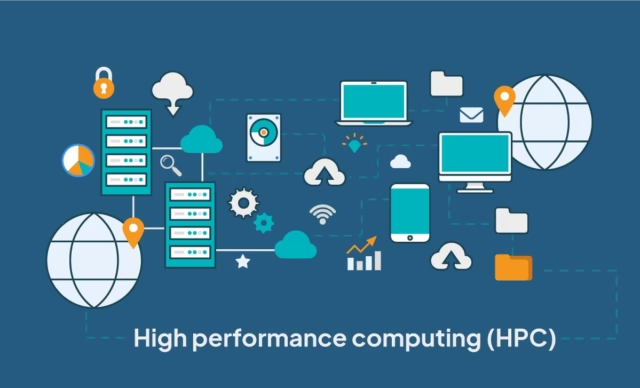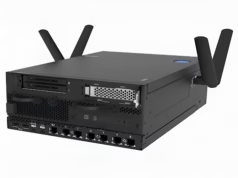Scientists need quick computers to handle large amounts of data. These are big data sets from their simulations, AI projects, or the risk they conduct for money flow in vast volumes. But not only that, they also require their work to be finished on time.
For this reason, a lot of teams keep on using high performance computing. HPC is a collection of powerful machines with many CPUs, GPUs, and large memory. With these machines, jobs that previously took days will only run for a few hours.
However, high power can sometimes come with a high price. It is very expensive to acquire and maintain on-premises clusters. Queuing occurs, and people are left waiting. A public cloud can be a solution because it is possible to add more machines when the need arises.
It could still be very easy to go over budget or lose work if a machine stopped suddenly and without warning. I wrote this guide to present readers like you with a better way.
By reading it, you will grasp the concept of HPC, how cloud bursting supports capacity, and how the use of spot instances helps you get speed, scale, and savings. If properly arranged, you will have solid performance without impacting your budget.
What Is High Performance Computing (HPC)?
High-performance computing is the use of multiple powerful servers that operate simultaneously. These servers work together on larger problems and complete them faster, and that is why high performance computing is excellent when working on things that need a lot of calculations, a large memory, or graphics power.
Who uses HPC?
- Finance and insurance: Risk checks and market models
- Science and biomedicine: DNA work and drug discovery
- Healthcare and life sciences: Forecasts and image analysis
- AI and machine learning: Training, testing, and MLOps
- Schools and research labs: Projects that need extra power fast
HPC nodes cost more than normal cloud servers. That is why planning and savings matter.
Cloud Bursting for HPC
Many teams run their own HPC clusters in a data center. These are strong but can get full. Buying more hardware takes time and money. Cloud bursting is a simple fix. When your local cluster is busy, you push extra jobs to the cloud. You can do this by hand or set it to happen on its own.
Bursting helps with heavy jobs like 3D rendering, Monte Carlo runs, and ML training. You get the extra CPU, GPU, and RAM only when you need it. Then you scale down again.
Why cloud bursting helps:
- Elastic capacity: Scale up during peaks, scale down after
- Faster results: Shorter lines and quicker job times
- Pay for what you use: Better control of spend
You still need guardrails. Watch your quotas, set budgets, and track job health.
Does the Cloud Make HPC Cheaper?
Moving to the cloud cuts hardware buying and upkeep. But your total cost of ownership (TCO) can still be high if you do not plan well. HPC machines cost more per hour, and job demand can spike.
To run high-performance computing in the cloud, make sure you can:
- Get the right resources when you need them
- Finish jobs on time without surprise stops
- See costs and progress at the cluster, job, and host level
Big clouds share HPC tips on reducing idle time and avoiding over‑provisioning. These are useful, but they take work to run every day. Your DevOps team may not have the hours to tune all of this at scale.
Use Spot Instances to Boost Savings
Spot instances (also called Spot VMs) are cheap because the cloud can take them back at any time. That is fine for short or flexible jobs. However, a sudden stop can hurt long HPC runs.
Certain tools make spot VMs safe and useful for tough high-performance computing jobs. It focuses on what matters most:
- Capacity and scale: Get the mix of machines your jobs need
- Fewer stops: Choose markets likely to last your full job window
- Live monitoring: Track cost, progress, and usage
- Right‑sizing: Use data to match instance size to real needs
Conclusion
Without blowing out your budget, you can still have HPC functioning properly. The power cloud bursting will enable you to augment your resources in times when you require extra computing power. Moreover, you can then utilize spot capacity in order to further lower your invoice.
As a result, you are able to obtain the speed that is required by your team and the savings that are compatible with your budget. You get more time to dedicate to science, models, and results, and less time fixing servers or waiting in line. To move fast and save money, run spot instance tools on a sample workload and see what kind of savings you can achieve.







